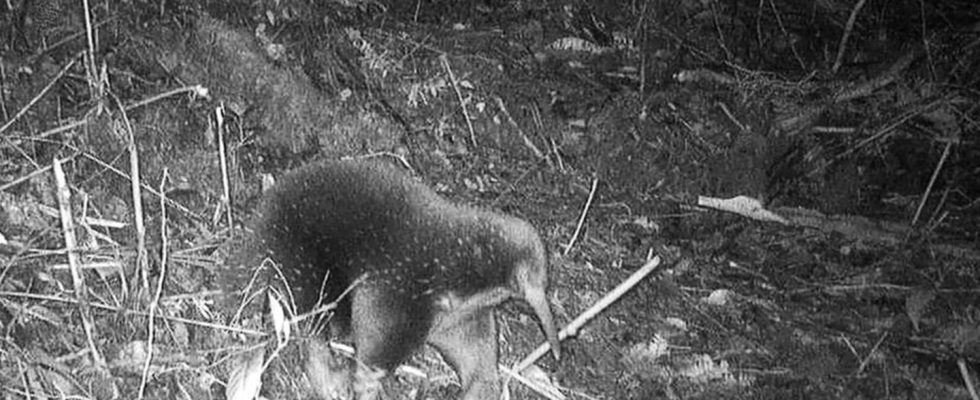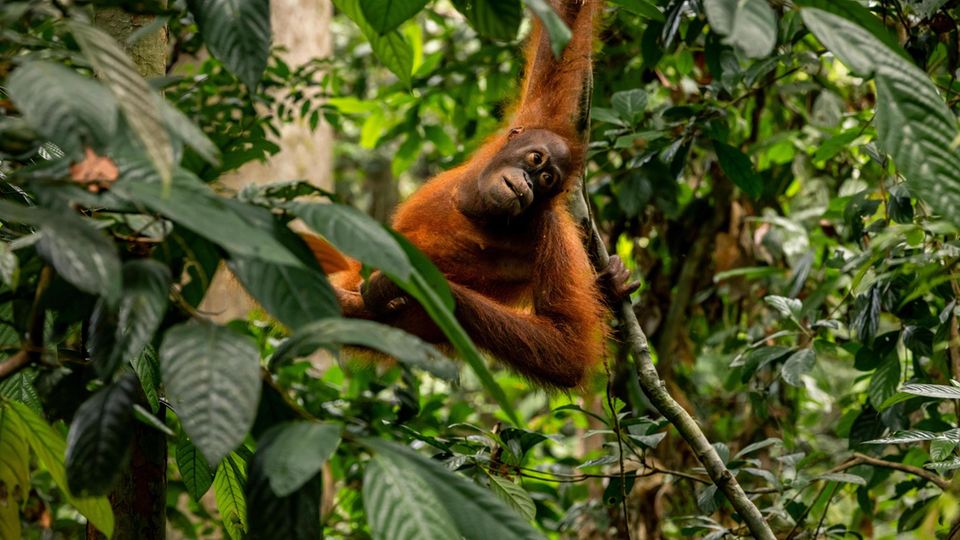Last sighting 60 years ago
Furry creature: Mammal thought to be extinct rediscovered
Watch the video: Attenborough’s long-beaked echidna – a mammal thought to be extinct has been rediscovered.
Cyclops Mountains, Indonesia: The animal was long considered extinct. The Attenborough long-beaked echidna. This is a mammal. Last sighting over 60 years ago. Researchers at Oxford University made the discovery.
A mammal thought to be extinct has been rediscovered in the mountains of Indonesia. This is a so-called Attenborough long-beaked echidna.
Researchers in Indonesia have rediscovered an echidna that was thought to be extinct for decades. The Zaglossus attenboroughi only appeared on the last day of a four-week expedition and on the last memory card for the 80 camera traps, explained expedition leader James Kempton from Oxford University. The long-beaked echidna, named after the famous British naturalist David Attenborough, was last seen in 1961.
Like platypuses, echidnas belong to the monotremes: the only remaining mammals that do not give birth to their offspring live, but lay eggs. They are nocturnal and shy and therefore difficult to find. The Attenborough’s long-beaked echidna has never been spotted outside the extremely remote Cyclops Mountains in Indonesia’s Papua region.
Attenborough: Name in honor of the famous wildlife filmmaker
The fact that Kempton’s team found him was also thanks to the support of the local communities, who helped him find his way in the remote and difficult terrain and also gave him access to sacred places. The researchers were rewarded for their efforts with black and white photos of the unusual creature lasting just a few seconds.

Watch the video: A split second before an earthquake – all the animals in the pigsty wake up at the same time.
On their expedition, biologist Kempton and his team also discovered a number of new subterranean animal species such as blind spiders, blind harvestmen and a whip scorpion. They found the animals in a previously unexplored cave system that was only uncovered when a team member fell through a moss-covered entrance.


